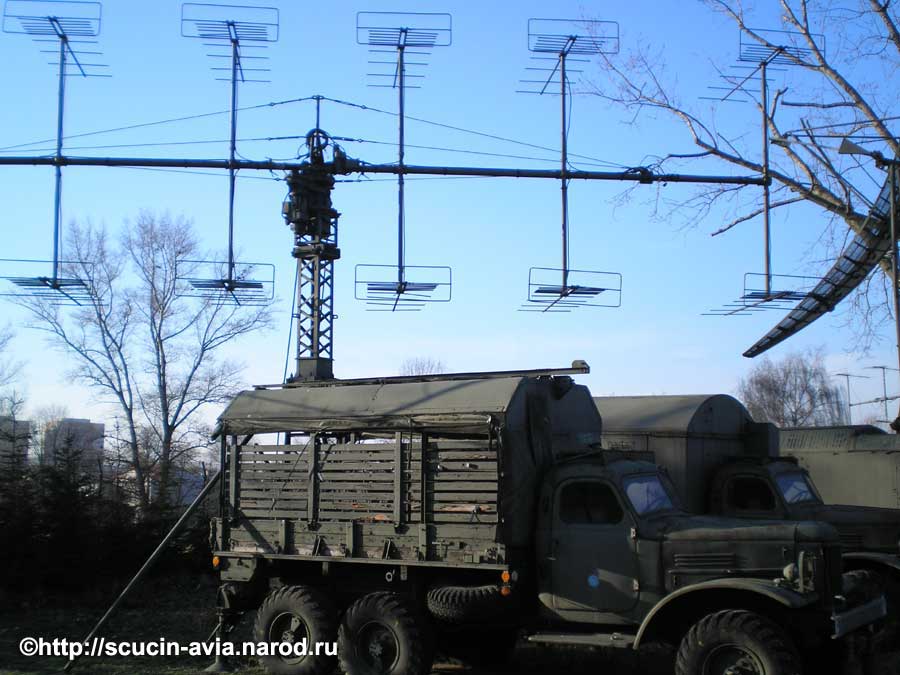Немного о пятом поколении. Часть I

О самолетах пятого поколения ходит много устойчивых мифов и заблуждений. Попробуем разобрать несколько из них. Основной из них звучит так:
- невидимость F-22/F-35/ не имеет смысла, потому что при включении радара они будут сразу обнаружены
Специально для этого есть LPI-режим радара. Вот краткое описание принципа его работы:
A low-probability-of-intercept radar (LPIR) is designed to be difficult to detect by passive radar detection equipment (such as a radar warning receiver - RWR) while it is searching for a target or engaged in target tracking. This characteristic is desirable in a radar because it allows finding and tracking an opponent without alerting them to the radar's presence.
Ways of reducing the profile of a radar include using wider-frequency bandwidth (wideband), frequency hopping, using a frequency-modulated continuous-wave signal, and using only the minimum power required for the task. Using pulse compression also reduces the probability of detection, since the peak transmitted power is lower while the range and resolution is the same.
Constructing a radar so as to emit minimal side and back lobes may also reduce the probability of interception when it is not pointing at the radar warning receiver. However, when the radar is sweeping a large volume of space for targets, it is likely that the main lobe will repeatedly be pointing at the RWR. Modern phased-array radars not only control their side lobes, they also use very thin, fast-moving beams of energy in complicated search patterns. This technique may be enough to confuse the RWR so it does not recognize the radar as a threat, even if the signal itself is detected. All military EM (EM) emitters, including fighter aircraft, naval ships, and missile systems are designed for reduced electromagnetic profiles for improved stealth.[citation needed]
In addition to stealth considerations, reducing side and back lobes is desirable as it makes the radar more difficult to characterise. This can increase the difficulty in determining which type it is (concealing information about the carrying platform) and make it much harder to jam. Systems that feature LPIR include modern active electronically scanned array (AESA) radars such as that on the F/A-18E/F Super Hornet and the electronically steered phased array on the S-300PMU-2 missile
Другое фундаментальное заблуждение:
- необходимость открытия створок нивелирует малую заметность F-22/F-35
При необходимости делается мертвая петля или бочка, чтобы створки в момент запуска не были обращены к радару
И наконец, самое популярное заблуждение:
- F-22/F-35 будут видны на длинноволновых радарах
В 1991 году Ирак имел огромное количество длинноволновых станций П-12, П-14, П-15, П-15М, П-18, П-35, П-37, которые ничего не смогли сделать против F-117, которые имеют намного бОльший ЭПР, чем F-22 и F-35
Станция П-12

Станция П-14

Источники:
I.Статья Low probability of intercept radar, которая, в свою очередь, ссылается на статью F-22 Raptor Avionics
II.Статья Военно-воздушные силы и войска ПВО Ирака, которая, в свою очередь, ссылается на:
1. Федерация американских ученых (FAS);
2. Отчёт "Военный баланс" ("The Military Balance") за 2001/2002гг Международного института стратегических исследований (IISS - The International Institute for Strategic Studies) в Лондоне.
3. Отчёт "Вооружение, разоружение и международная безопасность" ("Armaments, Disarmament") за 2001г Стокгольмского международного института исследования проблем мира (SIPRI - Stockholm International Peace Research Institute).
4. Iraqi Military Forces Ten Years After the Gulf War. Center for Strategic and International Studies
5. Iraqs Military Forces: 1988-1993. Center for Strategic and International Studies
6. Jane's World Armies
7. Журнал Jane's Intelligence Review (JIR; 1/2002, стр. 42-44)